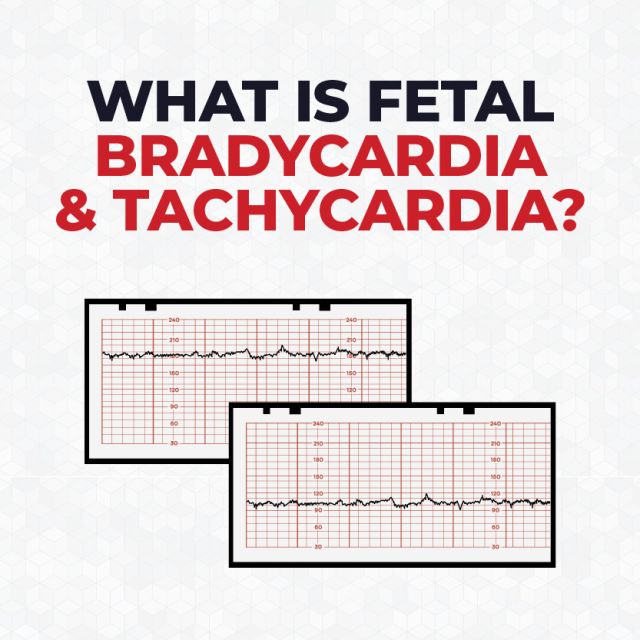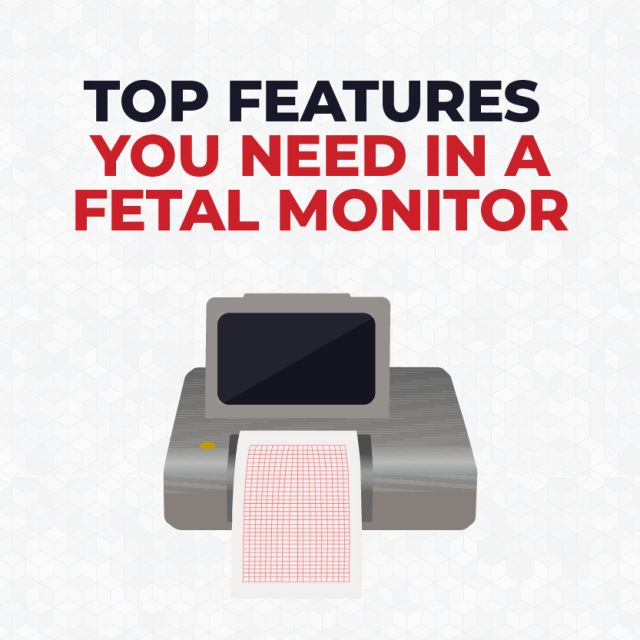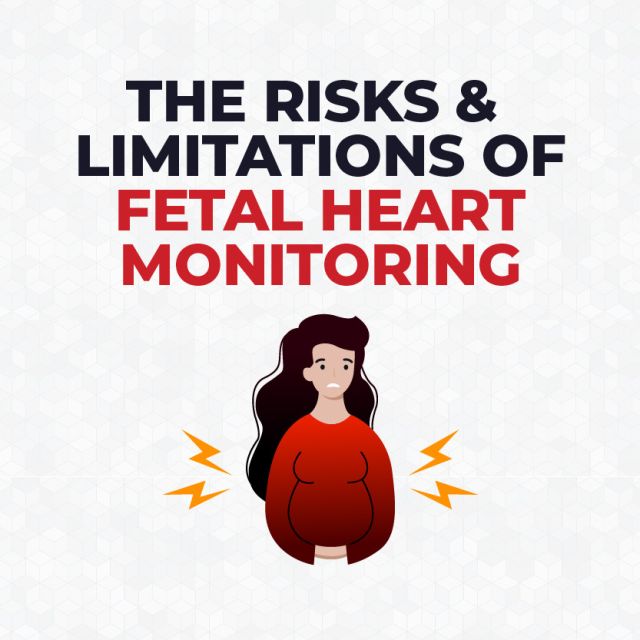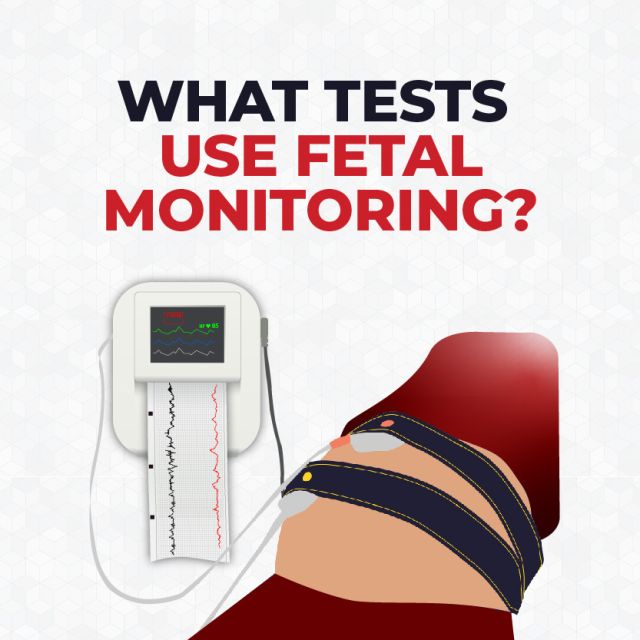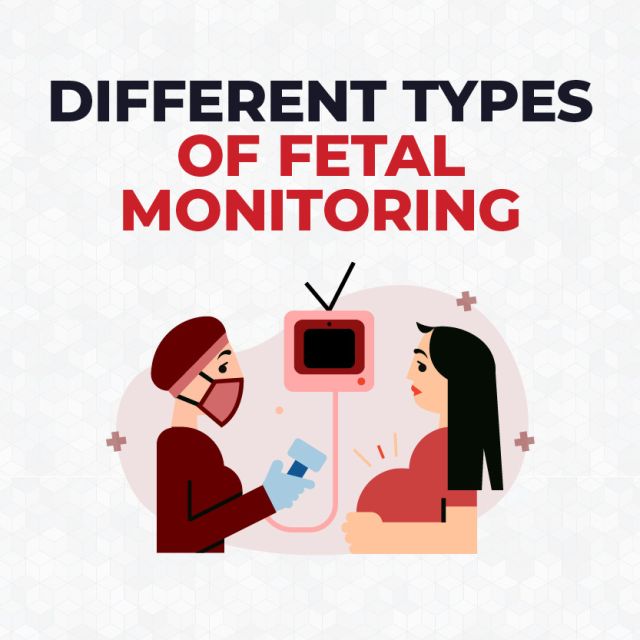Central Blood Pressure: Changing ABPM Game
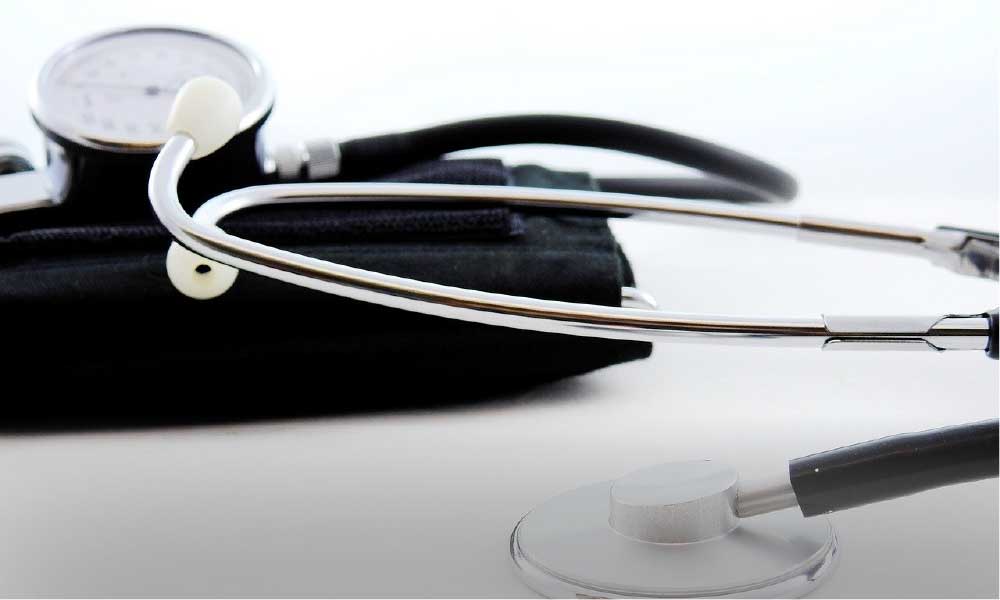
What is CBP?
Central Blood Pressure is the pressure of blood leaving the aorta, circulating out of the body through the left ventricle of the heart. Blood pressure will not be consistent throughout the body.
Well, this is because it has a high variability of change due to age, arterial stiffness, and/or blockages. In fact, studies have shown the importance of central blood pressure and its implications in assessing the efficacy of antihypertensive treatment.
Clinical Background and Scientifically Proven:
24-hour blood pressure monitors provide physicians with essential information for optimizing antihypertensive therapy. In particular, it increases the likelihood of identifying ‘white coat’ and/or ‘masked’ hypertension.
Ambulatory blood pressure monitoring has been the cornerstone of indicating hypertension and is more accurate in diagnosing hypertension. According to a 2011 study, “The weight of evidence suggests ABPM is the best prognostic indicator, followed by home then clinic monitoring.” Overall, this wave has begun to shift in recent years toward central blood pressure monitoring to be the most accurate.
Why is ABPM Important?
Central blood pressure has been a crucial breakthrough in the last decade for blood pressure monitoring. Most importantly, it’s because it’s a better risk indicator for hypertension than previous methods.
For example, a more accurate reading can be interpreted from the heart is because it’s called a “heart attack” and not an “arm attack”. Therefore, recording an accurate centralized blood pressure reading is comparable to invasive blood pressure measurements. This will allow for better and more accurate patient care, while also reducing the risk of misdiagnosing patients’ issues.
After many studies and trials, it has been determined time and time again that central blood pressure is the most effective way of measuring the risk of hypertension in an individual. To clarify, a new product, the Mobil-o-graph, utilizes this recent breakthrough by including occasional, interventional, 24-hour BP measurements.
Why is CBP/ABPM more effective than a typical clinical setting?
Identifying or excluding hypertension requires repeating measurements over an extended period of time. Also, including different days and different times of the day. In the end, resting blood pressure is measured after five minutes of rest and requires at least 2–3 measurements.
ABPM involves measuring blood pressure over an amount of time, with the patient wearing a blood pressure monitor for 24 hours. In addition, ABPM provides the best measure of actual blood pressure and is essential for treatment decisions and monitoring. A diagnosis can be provided after just a single examination.
What other benefits does ABPM offer?
- Whitecoat hypertension
- Masked hypertension
- Early morning blood pressure
- Day-night rhythm (dipping status is prognostically significant)
- Indications of secondary hypertension
Over a 24-hour period, blood pressure has a characteristic day-night rhythm. The lack of a day-night rhythm may be an indicator of secondary hypertension. ABPM correlates much better with comorbidities such as LVH, IMT, retinopathies, and kidney function/proteinuria. The day/night button, allowing for exact identification of whether the patient is a dipper or non-dipper), is important for the determination of precise averages for day and night.
How can physicians reimburse 24hr CBP/ABPM services?
The reimbursement process is in accordance with country-specific regulations. More specifically, ABPM provides details on conventional blood pressure measurement and may be offered as part of a preventive program.
Current Procedural Terminology codes offer physicians the ability to speak a common language in the procedures they provide for patients. The American Medical Association develops the codes while centers for Medicare and Medicaid reimburse medicare providers.
Many, if not all, insurance companies require CPT codes for compensation so this is essential to be compensated for medical procedures done.
Recently, insurance companies are willing to pay money for the health updates of potential and current customers as they can interpret a more accurate screenshot of an individual’s health. The Mobil-o-graph mentioning earlier is eligible for four different CPT code referrals.
Additionally, the fact that this unit comes equipped with CPT codes is essential in the field as ABPM units alone generally don’t allow for reimbursement plans. It is known that CB/ABPM services are the cheapest way in diagnosing hypertension which is helpful for insurance companies.
Works Cited:
Hodgkinson, James T. “ABPM is best for diagnosing hypertension in primary care.” US National Library of Medicine National Institutes of Health, Oct. 2011.


